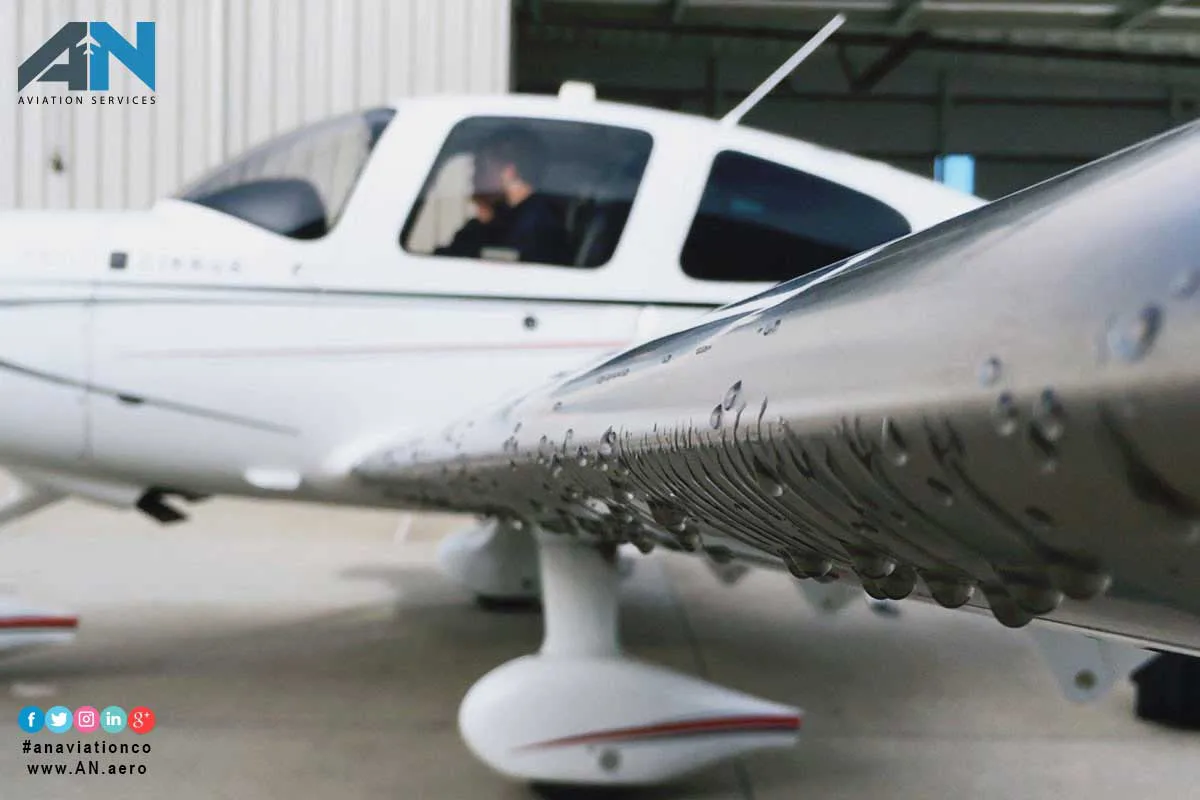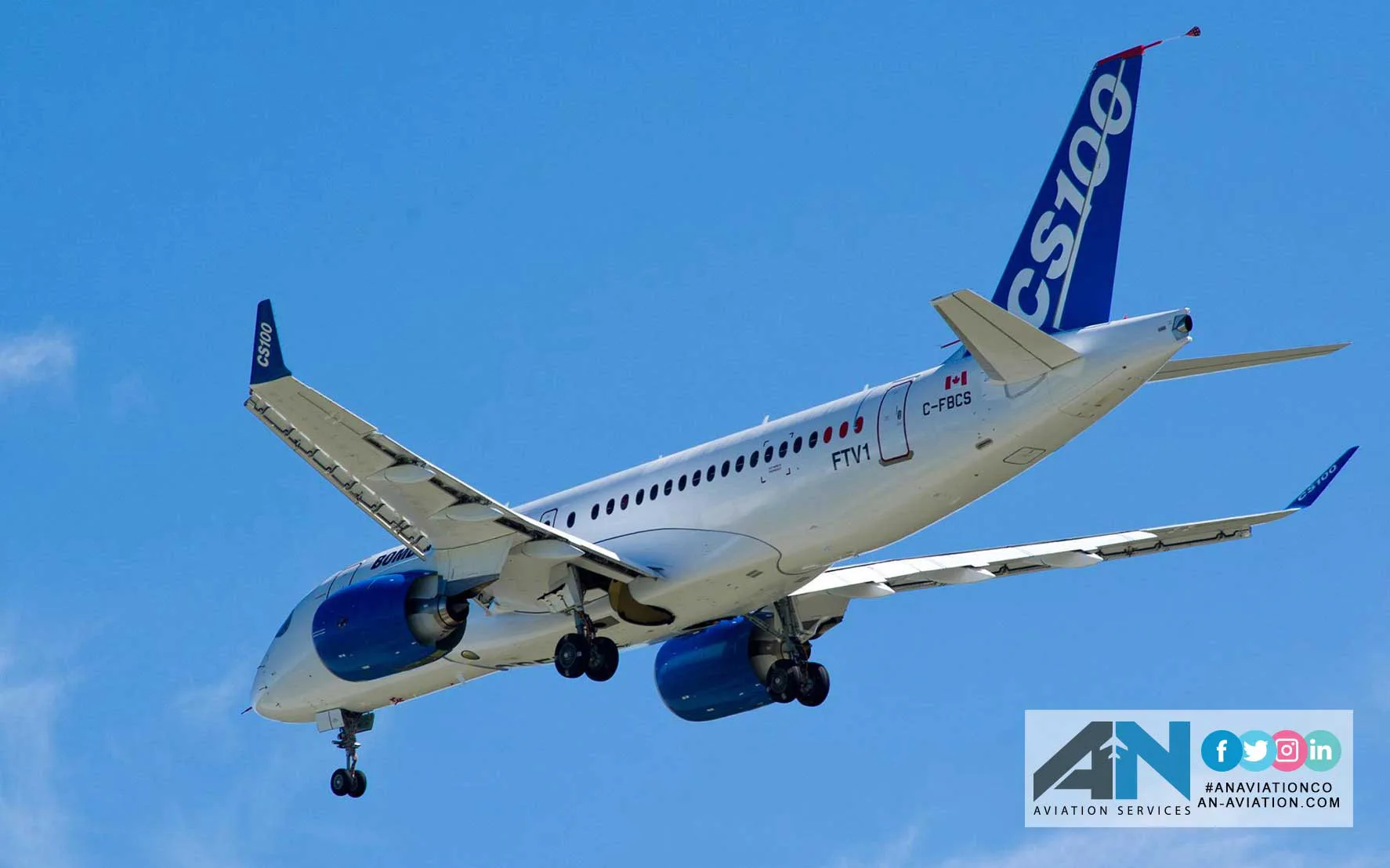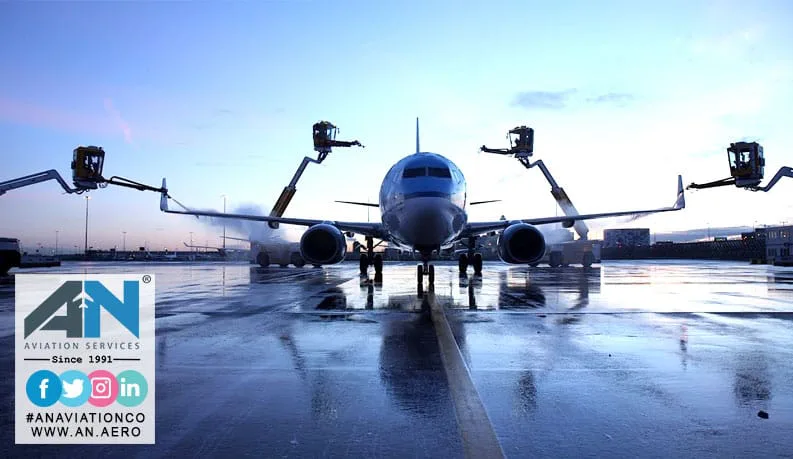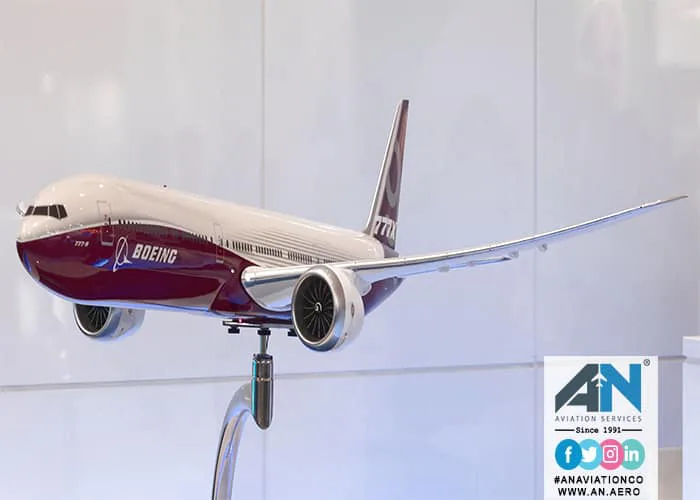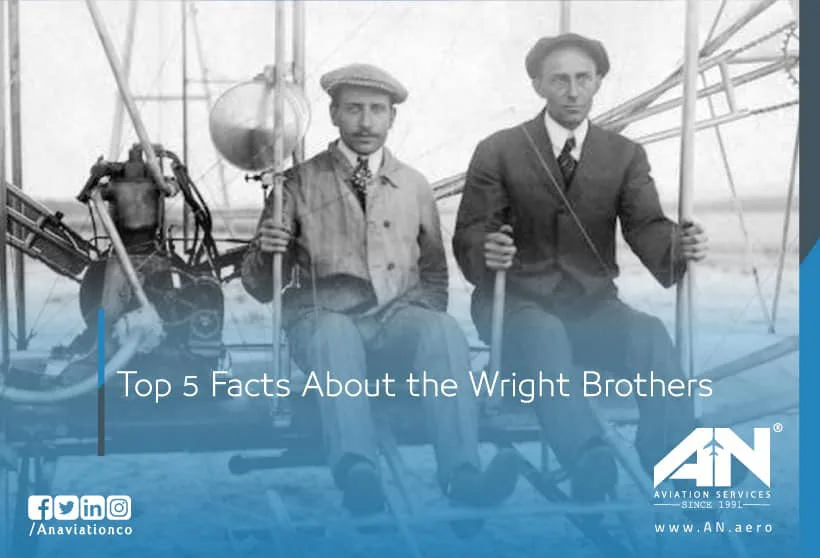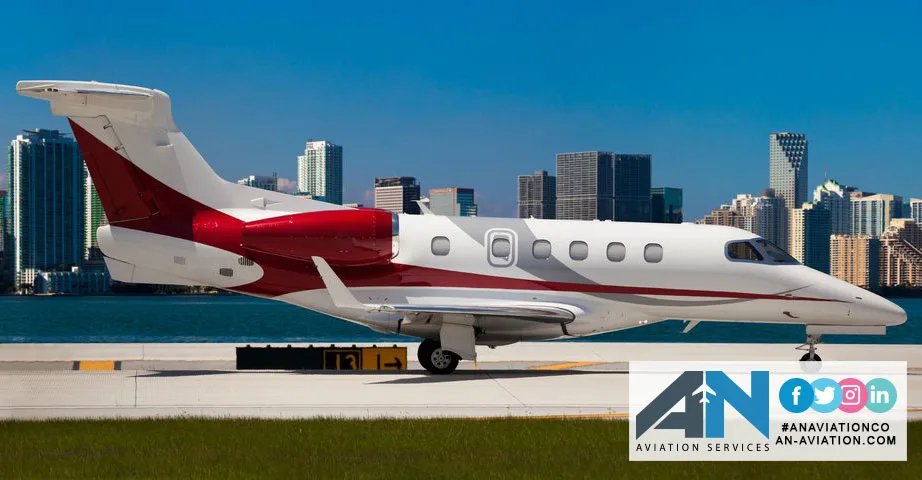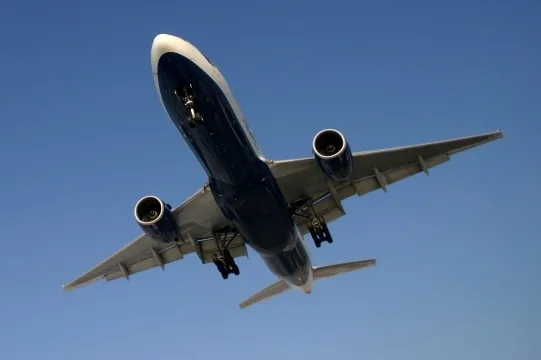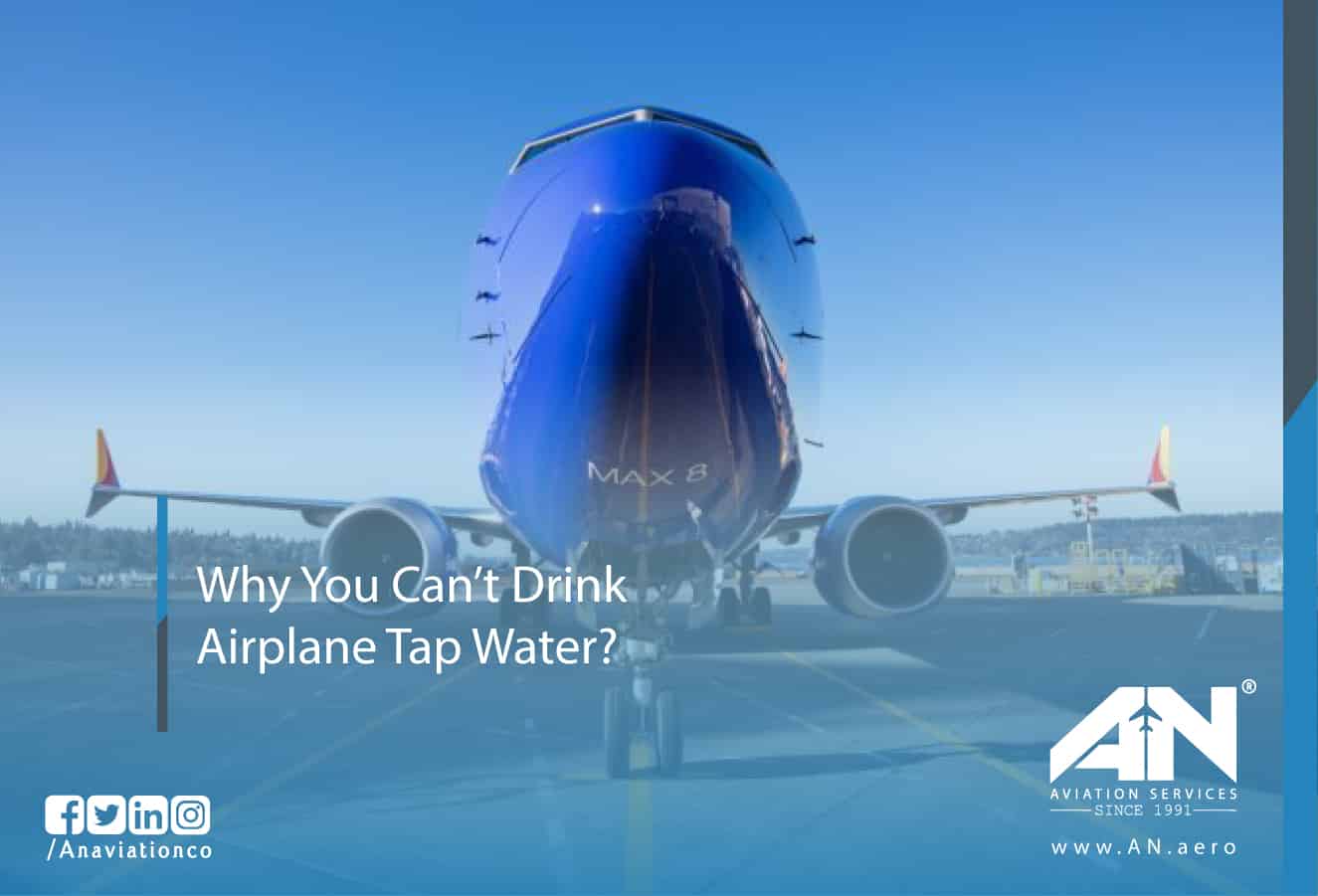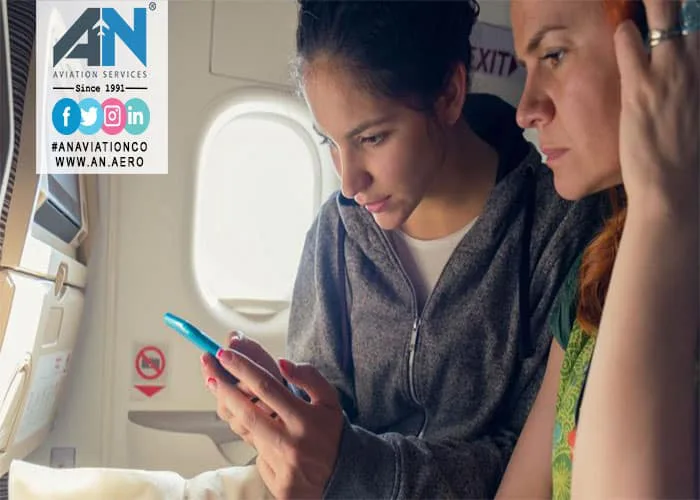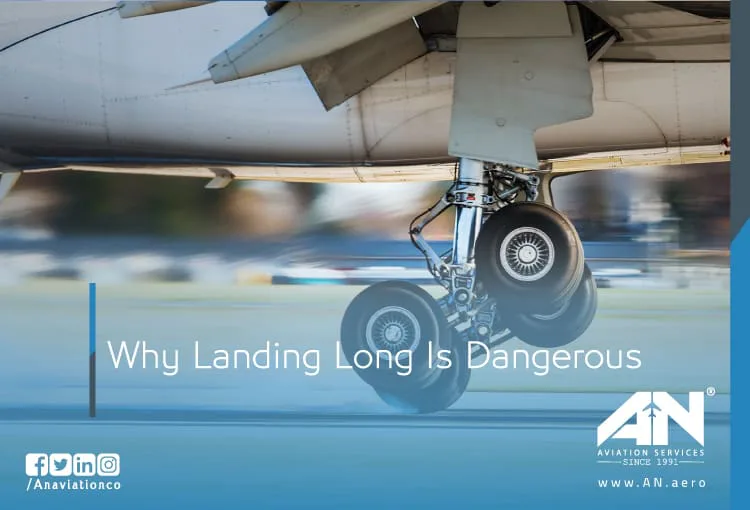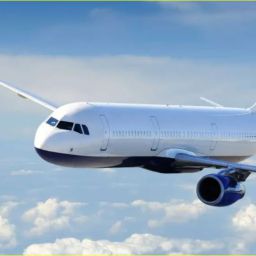
The pilot in command (PIC) is the person aboard the aircraft who is responsible for its operation and safety throughout the flight. This would be the captain in a typical two- or three-pilot aircrew, or “pilot” if there’s just one certified and qualified pilot at the controls of an aircraft.
Requirements for PIC
The PIC (pilot in command) must be legally certified to control the aircraft for the specific flight and flight conditions. However, he doesn’t really have to manipulate the controls at any given moment. The pilot in command (PIC) is the person legally in charge of the aircraft and its flight safety and operation.
Also, he is the first person liable to question any breach of flight rule. The strict legal definition of PIC might vary slightly from country to country.
The International Civil Aviation Organization (ICAO), a UN (United Nations) agency defines it: “The pilot responsible for the operation and safety of the aircraft throughout flight time”. Flight time for airplanes is defined by the U.S.
Federal Aviation Agency as “Pilot time that commences once an aircraft moves below its own power for the flight objective and ends when the aircraft arrives at the destination
after landing”.
This would usually include taxiing, which involves the ground operation to and from the runway. As long as the taxiing is carried out with the intention of flying the aircraft.
The U.S. CFR Title 14, Part 1, Section 1.1 defines the duties:
- Has the final authority and responsibility for the operation and safety of the flight.
- Has been selected as a pilot in command before or throughout the flight.
- Holds the acceptable category, class, and type rating, if appropriate, for the conduct of the flight.
U.S. FAA and ICAO Pilot in command (PIC) regulations
Under U.S. FAA FAR 91.3, “Responsibility and authority of the pilot in command”, the FAA (Federal Aviation Agency) declares:
- The pilot in command of an aircraft is directly accountable for and is the final authority for, the operation of that aircraft.
- In an in-flight emergency requiring immediate action, the pilot in command might deviate from any rule of this part to the extent required to solve that emergency.
- Each PIC who deviates from a rule below paragraph (b) of this section shall, upon the request of the Administrator, send a written report of that deviation to the Administrator.
In Annex 2, “Rules of the Air”, under par. “2.3.1 Responsibility of pilot-in-command”, ICAO declares:
- The PIC of an aircraft whether manipulating the controls or not.
- Shall be responsible for the operation of the aircraft in accordance with the rules of the air, except that the pilot in command might depart from these rules in circumstances that render such departure fully necessary within the interests of safety.
In Annex 2, par. “2.4 Authority of pilot-in-command of an aircraft”, United Nations agency adds:
- The pilot-in-command of an aircraft shall have final authority for the disposition of the aircraft while in command.
Both FAR 91.3(b) and ICAO Annex 2, par. 2.3.1, specifically empower the PIC to override any other regulation in an emergency. And to take the safest course of action at his/her sole discretion. It essentially gives the PIC the final authority in any situation involving the safety of a flight, irrespective of any other law or regulation.
Logging Time for PIC (pilot in command)
Under U.S. FAA FAR 14 CFR 61.51, logging flight time as a PIC is different and distinct from acting as the legal PIC for a flight. In general, the PIC of a given flight may always log his or her flying time as such.
While other crew members may or may not be authorized to log their time on that flight as PIC time. It all depends on the specific circumstances and the controlling jurisdiction of the flight.



